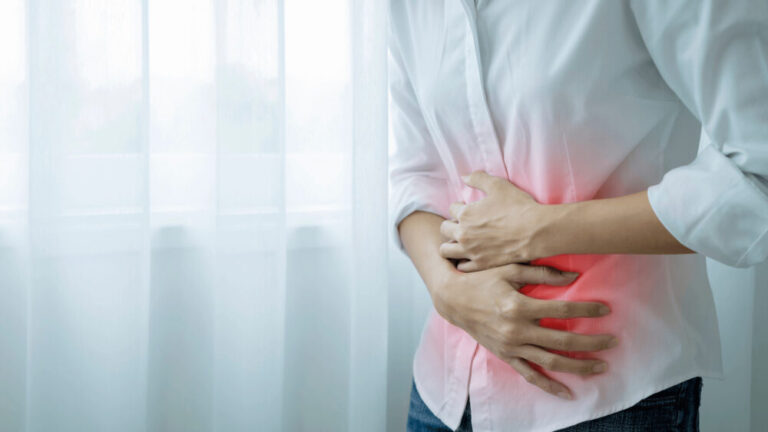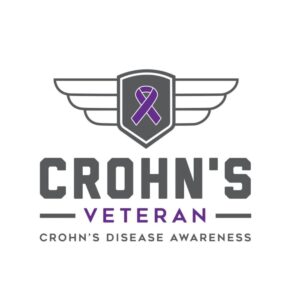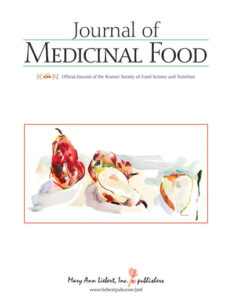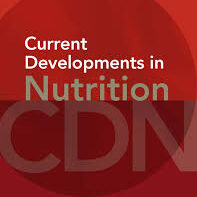Lymphocytic Colitis Diet: Foods to Include and Avoid
Danielle Gaffen, MS, RDN, LD
- Last Updated
Join us in uncovering the relationship between your diet and lymphocytic colitis in this informative blog about the lymphocytic colitis diet. We will take a deep dive into what foods to include and avoid to manage lymphocytic colitis symptoms, and promote a better quality of life.
Lymphocytic colitis, a subset of microscopic colitis, is marked by chronic inflammation of the colon. It gives rise to symptoms like watery diarrhea and abdominal pain. Despite ongoing research, the root causes of lymphocytic colitis remain unclear. Genetics, immunological responses, environmental factors, and conditions of the gut microbiome are thought to play a part. Can diet affect lymphocytic colitis? The answer is a resounding yes!
Drawing on my expertise as an IBD dietitian, research, and patient experiences indicate that specific dietary changes can help manage lymphocytic colitis symptoms and minimize flare-ups. This blog will discuss lymphocytic colitis diet strategies, spotlighting beneficial and unfavorable foods, along with their effects on this condition.
Understanding Lymphocytic Colitis
Lymphocytic colitis is a part of the microscopic colitis family, aptly named since the inflammation is so minuscule that it’s only visible under a microscope. While understanding what triggers lymphocytic colitis may be challenging, it is considered a serious condition due to its potential to degrade a person’s quality of life. Hence, understanding how serious lymphocytic colitis can be is essential.
Recognizing Lymphocytic Colitis Symptoms
Lymphocytic colitis symptoms include:
- Chronic, watery diarrhea
- Abdominal pain
- Cramps
- Weight loss
- Fatigue
These symptoms can be highly disruptive and can cause significant discomfort and inconvenience.
Dietary Influence on Lymphocytic Colitis
The correlation between the lymphocytic colitis diet and the disease is still under investigation. However, certain foods and beverages may intensify symptoms. While there isn’t a one-size-fits-all “lymphocytic colitis diet plan,” unique dietary adjustments can assist in symptom management, inflammation reduction, and lifestyle enhancement.
Foods to Incorporate into your Lymphocytic Colitis Diet
For lymphocytic colitis sufferers, your diet should concentrate on foods that are gentle on your digestive system:
1. Lean proteins
People with lymphocytic colitis may need increased protein, especially during and after a flare. Lean proteins like chicken, turkey, fish, eggs, and tofu provide essential nutrients and are easier to digest.
2. Well-cooked vegetables and fruits
Fruits and vegetables are packed with vitamins, minerals, antioxidants, and beneficial nutrients. Consider eating them well-cooked, especially when inflammation and symptoms are heightened, as cooked produce is easier to digest.
3. Whole grains
Brown rice, oats, quinoa, and whole grain bread can offer crucial nutrients, help solidify stool, and may be tolerated well. Remember, each person is unique, and some may find certain grains more agreeable than others.
4. Hydrating fluids
Hydration is crucial, particularly as diarrhea can lead to dehydration. Water, herbal teas, clear broths, and oral rehydration solutions can help maintain your body’s fluid balance.
Foods to Exclude from your Lymphocytic Colitis Diet
As certain foods may alleviate symptoms, others can exacerbate them. Foods to avoid or limit include:
1. Dairy products
Dairy can trigger symptoms like gas, bloating, cramping, and diarrhea in people with lactose intolerance. Avoiding dairy can prevent additional symptoms during a flare-up if you’re lactose intolerant.
2. Fatty and fried foods
Fatty foods that are not adequately absorbed can lead to fatty acids in the colon, triggering diarrhea and fluid secretion. Therefore, it can be challenging to digest creamy or fried foods.
3. Spicy foods
Spicy foods can cause rectal burning and irritate the gut lining. They can also mask high-fat content, especially in Tex-Mex dishes or curries.
4. Caffeine and alcohol
Caffeine can stimulate the gut causing urgency to use the restroom and act as a diuretic, causing increased urination leading to dehydration.
Alcohol consumption can worsen symptoms, possibly due to irritation of the gut lining. While the researchers didn’t determine an exact quantity of alcohol that could cause these symptoms, they recommended a moderate amount, as high intake of alcohol, especially for prolonged periods, can increase inflammation.
5. Artificial sweeteners
Sorbitol, sugar alcohols, and other artificial sweeteners can cause diarrhea, abdominal pain, and gas, as they are absorbed more slowly in the small intestine compared to other sugars. They should be avoided during flare-ups, and generally for those with lymphocytic colitis.
Patient Case Study: Impact of Lymphocytic Colitis Diet
A clear example of food additives came from my experience with a colitis patient who frequently experienced discomfort after eating tortillas, a staple food in her family’s culture. Interestingly, she didn’t have the same reaction to other gluten and corn products, which led me to delve deeper into her tortilla consumption.
The patient was consuming a shelf-stable tortilla brand, boasting front of the package claims such as “plant-powered” and “protein-packed.” However, when we inspected the ingredient list, we found a range of additives, including emulsifiers (like cellulose gum and distilled monoglycerides) and sucralose, an artificial sweetener, that were contributing to her symptoms.
Once we made a simple swap for tortillas to choose an option that didn’t contain emulsifiers or sucralose (and other food additives that were triggering for this patient), she could enjoy eating tortillas again with her family!
Creating a Personalized Lymphocytic Colitis Diet Plan
Each lymphocytic colitis patient is unique, and different guts with lymphocytic colitis respond to different foods differently, which means a diet that works for one person might not work for another. Therefore, it’s important to listen to your body and make dietary changes based on what helps reduce your symptoms.
Keeping a symptom food journal can help identify any specific triggers. Write down what you eat, when you eat it, and any symptoms you experience afterward. This can help you and your IBD dietitian and healthcare team create a diet plan tailored to your needs.
Take Home Message
While dietary changes aren’t a cure for lymphocytic colitis, they can assist in managing symptoms, reducing inflammation, and improving quality of life. Always consult with a medical professional before making significant dietary changes, particularly if you have a condition like lymphocytic colitis.











































